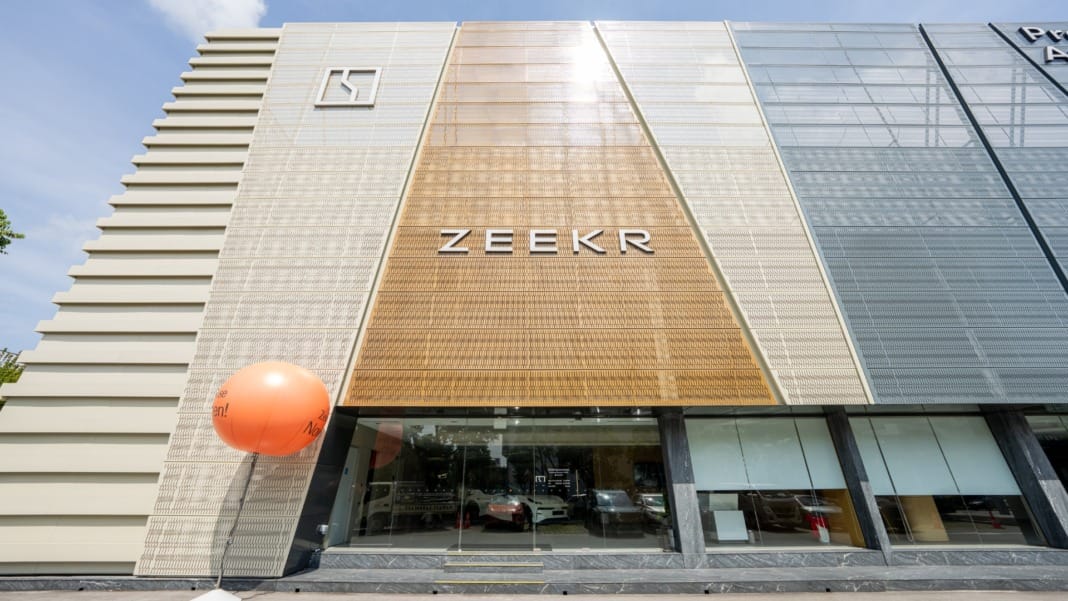Facebook’s parent company, Meta Platforms, is scaling back its open-source ambitions for artificial intelligence (AI), even as China continues to forge ahead with rapid developments in the field. The shift marks a notable change in direction for Meta, which had previously championed open-source models through its Llama series.
The contrast between the two tech giants’ approaches has become increasingly apparent. While Meta exercises more caution, citing safety concerns, Chinese firms are releasing open-source AI models at a rapid pace—an approach some experts suggest could allow China to overtake the United States in the global AI race.
Meta adopts a cautious tone on AI openness
Meta’s chief executive, Mark Zuckerberg, recently stated that the company will be more selective about which AI projects it makes open-source. In a post on Meta’s official site, Zuckerberg explained, “We’ll need to be rigorous about mitigating [AI safety] risks and careful about what we choose to open source.” This marks a notable departure from his views just a year ago, when he published an essay entitled Open Source AI is the Path Forward.
Zuckerberg’s earlier vision saw Meta leading the charge in open-source AI development. The Llama model family was once the most advanced and widely used in the world. However, the growing sophistication of AI and concerns over potential misuse appear to have prompted a more measured strategy.
Instead of continuing to release its models freely, Meta is now focusing on building a team of leading AI scientists to develop what Zuckerberg refers to as “personal superintelligence.” He claimed this project would differentiate Meta from other AI companies by aiming to make powerful AI accessible to individuals.
China embraces a competitive open-source environment
In contrast, Chinese companies are intensifying their efforts in the open-source space. In the past week alone, both Alibaba Group Holding and Zhipu AI launched significant new models. Alibaba unveiled Wan 2.2, a video generation tool it describes as the first open-source model of its kind to use Mixture-of-Experts (MoE) architecture, enabling users to generate content with cinematic quality.
Zhipu also announced its GLM-4.5 model, which it hailed as the most advanced open-source MoE model in China. According to the company, GLM-4.5 ranked third globally and first among both Chinese and open-source models when evaluated across 12 major industry benchmarks.
Andrew Ng, a prominent AI researcher and co-founder of DeepLearning.AI, highlighted the strength of China’s open-source ecosystem in a recent blog post. “The world’s top proprietary models are still from frontier US labs, but the top open models are mostly from China,” he wrote.
Ng praised the competitive landscape among Chinese AI firms, describing it as a “Darwinian life-or-death struggle” that drives rapid innovation. He also criticised the secretive nature of AI development in the United States, where he said progress is often slowed by high costs and talent being lured away by lucrative job offers.
Global AI race intensifies
The divergence in strategies comes as the broader AI industry continues to evolve. OpenAI is reportedly preparing to release GPT-5, expected to be the most powerful model yet. Meanwhile, a ranking published on Hugging Face—the world’s largest platform for open-source AI—revealed that eight of the top ten most popular models as of Thursday were developed by Chinese companies. These include start-ups such as Zhipu and Moonshot AI, alongside major players like Tencent Holdings and Alibaba.
Jeffrey Ding, assistant professor of Political Science at George Washington University, offered a pointed assessment of Meta’s policy shift. “Zuckerberg’s latest announcement would have been more meaningful if it were made when Meta’s open-source models were pushing the frontier, instead of at present, when they are far from the state-of-the-art,” he said.
As global tech firms continue to navigate the balance between openness and safety in AI, the coming months may prove decisive in shaping the next phase of innovation and international leadership.





